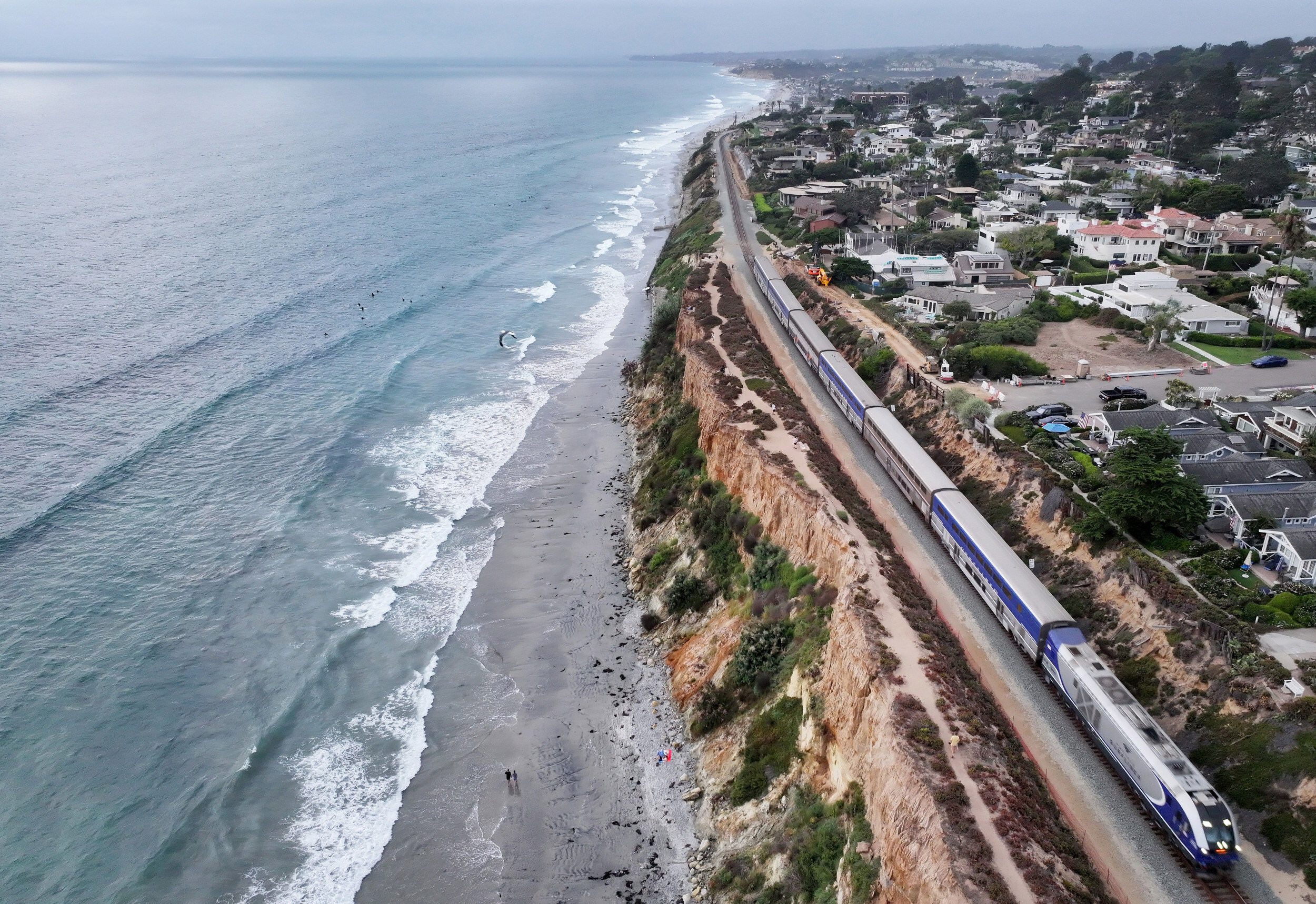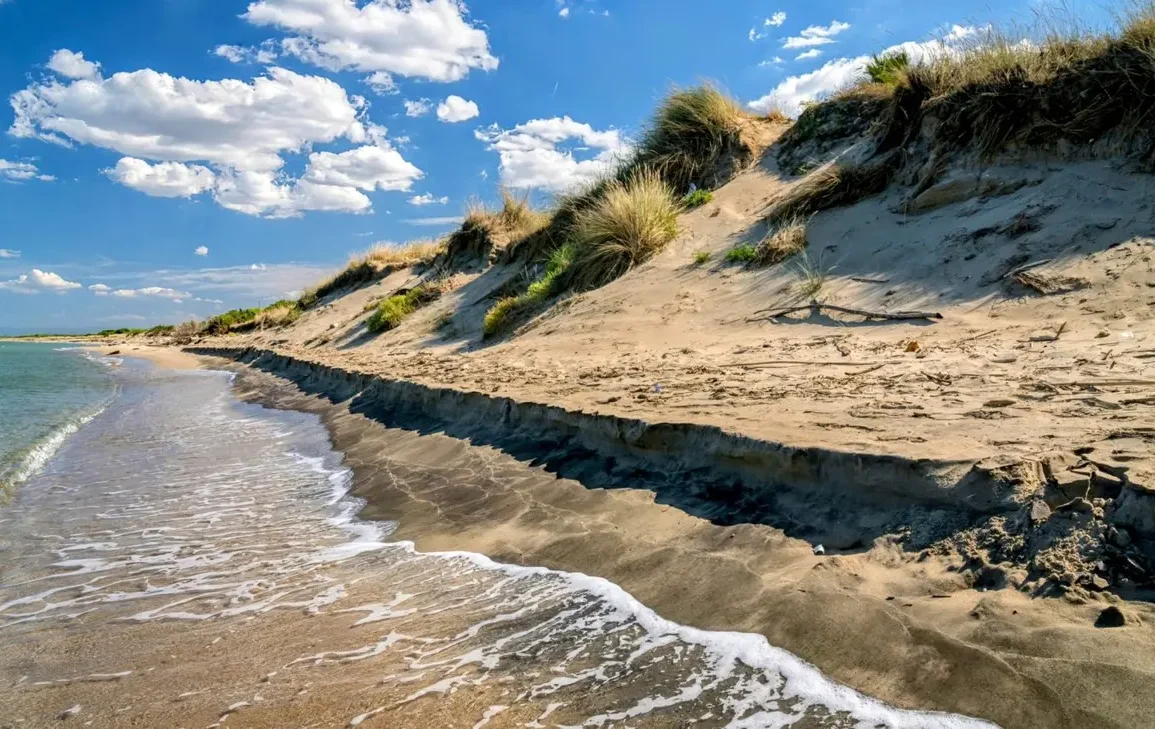Scientists are exploring a novel approach to protecting coastal regions from erosion by using electricity to strengthen marine sand. This innovative technique, detailed in a study from Northwestern University, aims to create a sustainable solution for combating the damage caused by climate change and rising sea levels.
The study, published in Communications Earth and the Environment, shows how applying a mild electrical current to seawater-soaked sand can convert naturally occurring minerals into solid binding agents, turning loose sand into a more stable, rock-like substance.
The research team, led by Alessandro Rotta Loria, drew inspiration from marine organisms like clams and mussels, which use minerals in seawater to build their shells. By mimicking these natural processes with electrical energy, the team created a method that strengthens sand without relying on traditional cementation techniques.
This method involves converting minerals into calcium carbonate, magnesium hydroxide, or hydromagnesite, which act as natural cement, binding the sand grains together.

Erosion, exacerbated by climate change and sea-level rise, poses a significant threat to coastal communities, affecting over 40% of the world’s population. Current mitigation strategies, such as building sea walls or using cement injections, are expensive and environmentally damaging.
Rotta Loria highlighted that these traditional methods often fail to provide lasting solutions and can be costly to maintain. The new electrical cementation technique offers a more cost-effective and eco-friendly alternative, potentially saving up to 90% compared to conventional methods.
Laboratory tests of this new technique have shown promising results across various types of sand, including silica, calcareous, and iron sands. The process, which can yield solidified sand within days, is both eco-friendly and reversible, posing minimal risk to marine life and allowing for the dissolution of the treated sand if necessary.
The team has estimated that the cost of this technique is approximately $3 to $6 per cubic meter of treated sand, significantly cheaper than the $70 per cubic meter for traditional methods.
The research team plans to conduct field tests to assess the technique’s effectiveness in real-world conditions. They envision using electrically conductive geotextiles—fine metal grids that can conduct electricity—as part of the practical application.
Although the research is still in its early stages, the team is optimistic about the technique’s potential and acknowledges that there will be challenges to address as they move forward with their field tests.

